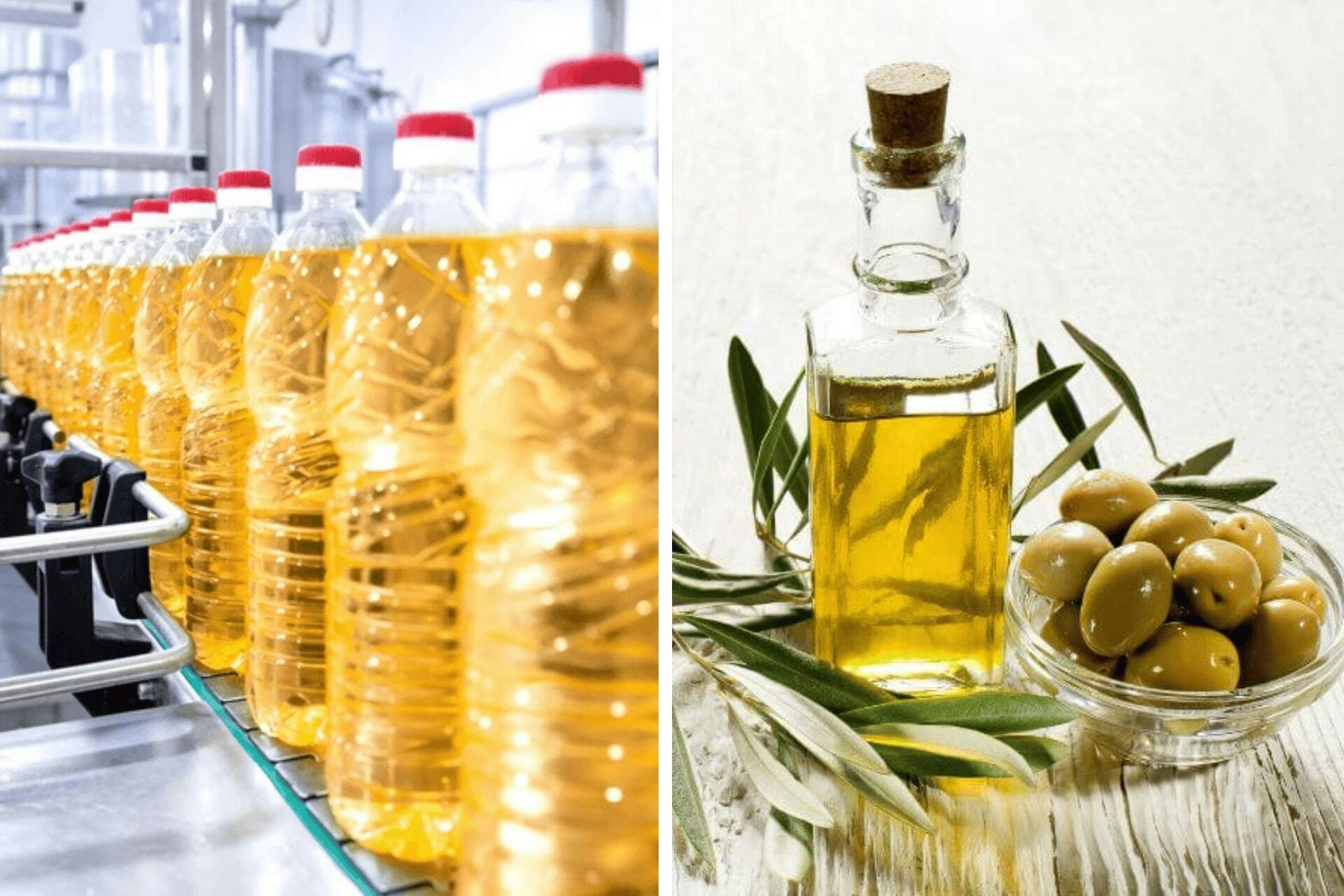Olive oil is a staple of Mediterranean cuisine and is celebrated for its rich flavor and numerous health benefits. It's packed with heart-healthy monounsaturated fats, antioxidants, and anti-inflammatory properties, which is why it’s a popular choice for everything from sautéing to drizzling over salads.
If you're new to olive oil, one key aspect to understand is its smoke point — the temperature at which oil begins to break down and produce smoke, which can affect both flavor and nutrition.
In this guide, we’ll explore the different smoke points of olive oil and how to identify when it has reached its limit. We’ll also discuss the potential consequences of cooking with olive oil beyond its smoke point. Finally, we’ll introduce an alternative to olive oil, which is perfect for when you need a different option in the kitchen.
What is the Smoke Point of Olive Oil?
The smoke point of olive oil varies depending on its type, as each is processed differently. There are three main types of olive oil — extra virgin, virgin, and refined — each with its distinct smoke point range, typically from 325°F to 470°F.
The way each type of olive oil is processed affects its performance under heat, and this determines the best uses for cooking. Below, we’ll compare these types and their smoke points to help you choose the right one for your needs.
Extra Virgin Olive Oil Smoke Point
Extra virgin olive oil (EVOO) is the least processed and is made by pressing olives without using heat or chemicals. It has a smoke point between 325°F and 400°F and is best used for low to medium-heat cooking, like sautéing or baking. EVOO also works great as a finishing oil (drizzled over food after cooking) to add flavor to dishes.
Note that while some sources suggest a smoke point as low as 325°F, many agree that high-quality EVOO can withstand temperatures up to 400°F without breaking down.
Virgin Olive Oil Smoke Point
Virgin olive oil has a slightly higher smoke point, usually between 390°F and 420°F. It keeps some of its natural flavor and is good for medium-heat cooking, like roasting or light frying.
The higher smoke point is due to the slightly more refined processing compared to extra virgin olive oil, which removes some impurities. As a result, virgin olive oil is often chosen for applications where the oil’s flavor is less critical.
While it still offers some olive taste, it may not provide the same depth of flavor as extra virgin olive oil, so it’s a more neutral option for cooking.
Refined Olive Oil Smoke Point
Refined olive oil is more processed than extra virgin or virgin olive oils, which results in a higher smoke point. The smoke point of refined olive oil typically reaches 465°F. It’s the best choice for high-heat cooking, like frying or grilling, because it holds up well under high temperatures.
Note that refined olive oil retains some health benefits, such as monounsaturated fats, but it undergoes a refining process that removes many of the antioxidants and polyphenols found in extra virgin and virgin olive oils.
Related: The Best Olive Oil Substitute and Other Alternatives
How Can I Tell If Olive Oil Has Reached Its Smoke Point?
You can tell olive oil has reached its smoke point when you see visible smoke rising from the pan. This is often the most immediate and noticeable sign that the oil is overheating.
However, as the oil continues to heat beyond its smoke point, the smoke may change to a darker hue, indicating that the oil is breaking down further. This can also be accompanied by a change in the oil's appearance, such as darkening in color.
If you notice that food cooked in the oil begins to taste bitter or burnt, this is a strong indication that the oil has overheated and is no longer suitable for consumption.
Related: Is Olive Oil a Seed Oil?
What Happens If Olive Oil Reaches Its Smoke Point?
When olive oil reaches its smoke point, it begins to break down and burn. This not only damages the oil’s healthy nutrients and antioxidants but can also lead to the formation of harmful compounds. Research shows that heating oils past their smoke point can produce carcinogens ❶.
Cooking with oil that has surpassed its smoke point can result in a bitter or burnt taste in your food. To prevent this, it’s important to choose the right type of olive oil for your cooking temperature and to maintain a safe heat level.
Related: What is Olive Pomace Oil? Everything You Need to Know
The Bottom Line
Knowing the smoke point of olive oil is important to keep your cooking tasty and healthy. Whether you’re sautéing, roasting, or grilling, using the right olive oil for the heat you’re cooking at helps keep its health benefits and prevents harmful substances from forming.
If you need an oil that can handle high heat, try Algae Cooking Club’s chef-grade cooking oil. With a smoke point of 535°F — about 125°F higher than olive oil — it can handle all your cooking needs without breaking down. Plus, its neutral taste works well for many different dishes, from frying to baking.




